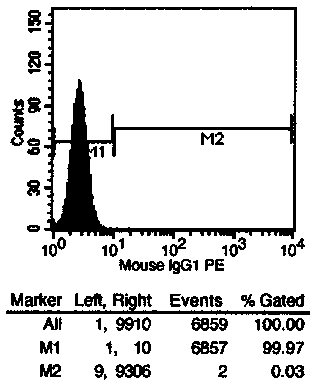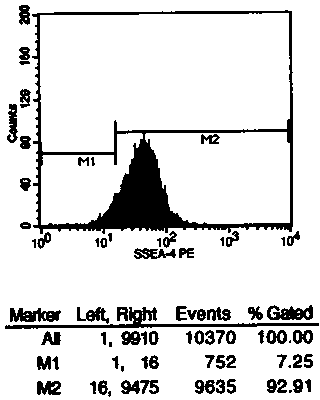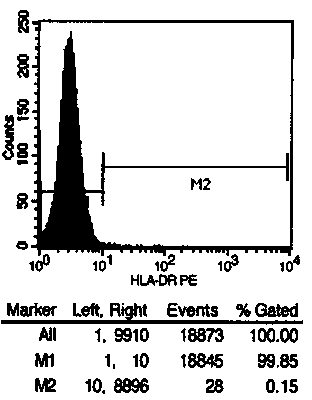Method for preparing stem cells from human amniotic membrane
A technology for amniotic membrane epithelial cells and stem cells is applied in the field of separation of epithelial cells and mesenchymal stem cells in amniotic membrane, which can solve the problems of high contamination rate of amniotic membrane collection, affecting cell separation and culture, and poor cell activity.
- Summary
- Abstract
- Description
- Claims
- Application Information
AI Technical Summary
Problems solved by technology
Method used
Image
Examples
Embodiment Construction
[0121] The present invention will be further described below in conjunction with accompanying drawing and embodiment:
[0122] A method for preparing stem cells from human amniotic membrane, which includes collecting, separating, culturing, freezing, and detecting; wherein, during the separation process, the amniotic membrane epithelial cells are digested with enzymes, and the amniotic membrane mesenchymal stem cells are then sliced by tissue method, the two are completed step by step.
[0123] The collection of the present invention specifically includes: putting the collected placenta into a sterile bag containing D-Hanks liquid placenta protection solution of 0.2 g / L streptomycin and 0.12 g / L penicillin, sealing the sterile bag and putting Put the collection box into the collection box, put the collection box into the constant temperature collection box, and send it to the stem cells within 24 hours with the constant temperature collection box.
[0124] The placenta coll...
PUM
 Login to View More
Login to View More Abstract
Description
Claims
Application Information
 Login to View More
Login to View More - R&D Engineer
- R&D Manager
- IP Professional
- Industry Leading Data Capabilities
- Powerful AI technology
- Patent DNA Extraction
Browse by: Latest US Patents, China's latest patents, Technical Efficacy Thesaurus, Application Domain, Technology Topic, Popular Technical Reports.
© 2024 PatSnap. All rights reserved.Legal|Privacy policy|Modern Slavery Act Transparency Statement|Sitemap|About US| Contact US: help@patsnap.com










